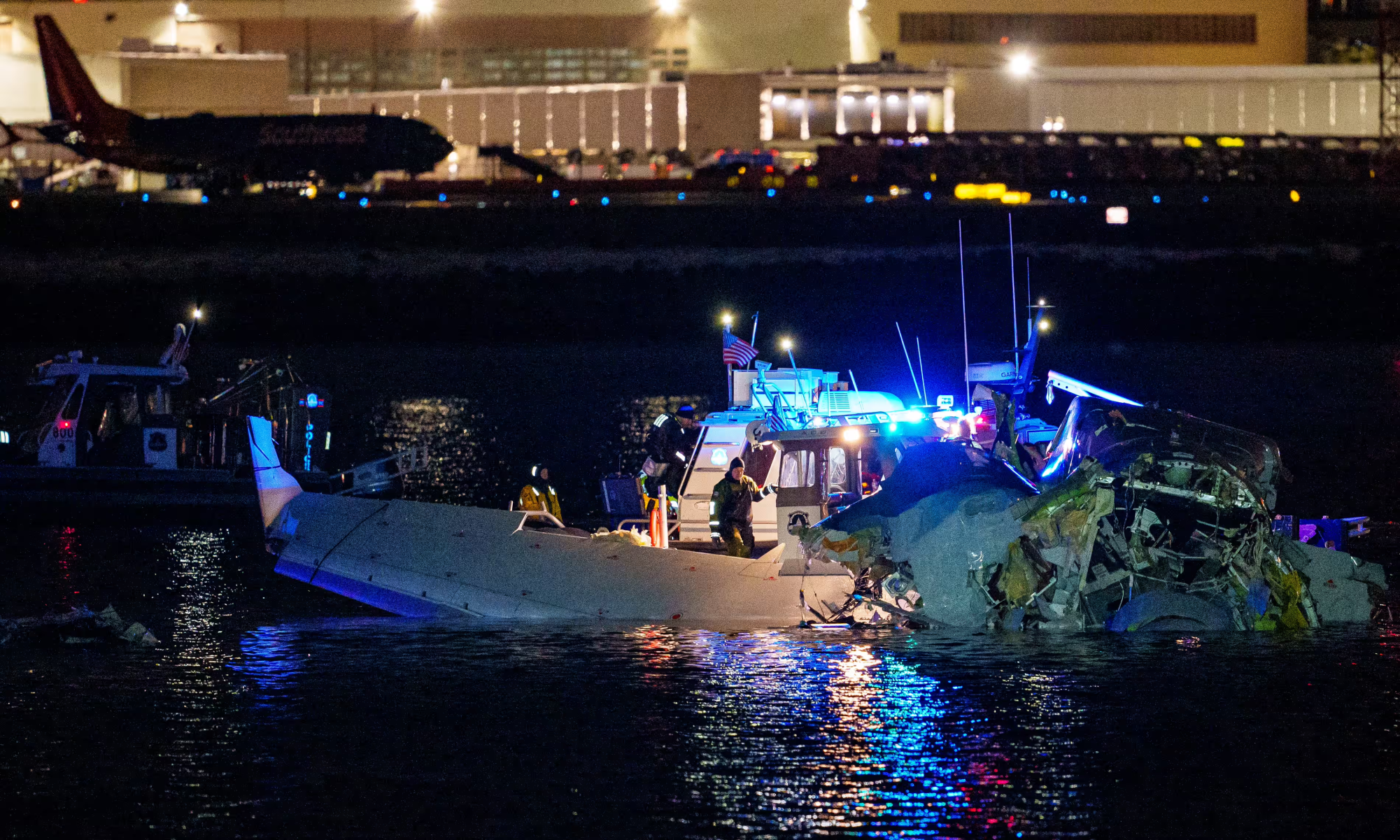Have there been more plane crashes this year? It’s a question that’s been on our minds, especially in February and March, when it felt like every time we opened The New York Times, there was another aviation disaster making headlines. From high-profile incidents involving international airlines to emergency landings caught on grainy camera footage, the visibility of these events has sparked widespread anxiety and speculation. With Google searches for “is flying safe?” spiking in February, it had started to feel like something bigger was happening – that maybe the skies weren’t as safe as we thought. But was the spike in media coverage a reflection of an actual increase in plane crashes or just the result of the viral nature of our favorite social media platforms? Perception does not always match reality, so that’s the part that is harder to figure out – and perhaps explains why so many others were asking the same question.
According to the National Transportation Safety Board, January and February typically record about 20 fatal aviation accidents per month. The Guardian reports that there were only 10 fatal civil aviation accidents this January, and in February, there were six. However, it is worth considering that the data reflects the number of deadly accidents but not the resultant number of deaths. In late January, a mid-air collision between an American Airlines flight and an Army Black Hawk helicopter led to 67 deaths in the first fatal commercial airline crash in the U.S. since 2009. Another collision on February 6th in Alaska- barely a week later- killed 10 people. CNN reports that these two collisions are “two of the deadliest plane disasters of the last decade in the US.” 
Still, aviation experts stress that air travel remains one of the safest modes of transportation. Peter Goelz, former managing director of the National Transportation Safety Board, told the Associated Press that although he was unsurprised by the public reaction, he still emphasized that “commercial aviation is a profoundly safe way to move large numbers of people, and it gets safer every year.” Furthermore, this isn’t just expert reassurance – it’s backed by decades of data and statistics. Modern aircraft are equipped with multiple layers of redundancy, and pilots must undergo rigorous training and safety checks regularly. Plus, when you look at the numbers, the contrast between flying and other forms of travel becomes even clearer. In 2022, just 33 serious injuries were reported from commercial air travel in the U.S, according to U.S. Transportation Department data. That same year, car travel caused around 2.3 million injuries. The math is simple: flying is still one of the safest travel methods.
So why were we so scared? Social media, with its algorithm-driven echo chambers, can exacerbate this myth by reinforcing narratives that align with our fears and suspicions. One minute, you’re watching The Daily Mail’s 15-second TikTok recounting a recent accident; the next, you’re doom-scrolling conspiracy theories and falling deeper into a spiral of misinformation. We become trapped in this echo chamber, and what we see seems only to confirm and reinforce our worst fears. Such conspiracy theories propagate through the spread of viral videos and sensationalized headlines, suggesting that there could be some grand hidden truth or deliberate cover-up.
This not only fuels an unnecessary sense of panic but also disrespects the victims and their families. Every plane crash involves real people– passengers, crew, and the loved ones they leave behind– who are all left to mourn profound loss. Their tragedy is not a viral TikTok or an alliterative headline; it is an incredible pain and grief that so many are left to grapple with. Behind every headline we see, it is important to remember that there are lives that have been altered forever. Someone is forced to live without their daughter, someone has lost their best friend, and someone cannot call their mom anymore. Their stories deserve dignity, not exploitation for clicks.
At the end of the day, it’s not that we’re gullible – it’s that we’re overwhelmed. When every other TikTok on your feed shows flaming engines or midair emergencies, it’s easy to start believing that the sky is falling. But part of growing up in a world surrounded by alarming headlines and deceptive articles means learning to ask: is this really the full story? We have to remind ourselves that algorithms are designed to keep us watching, not to keep us informed. And if we’re not careful, we end up overreacting to patterns that simply don’t exist. Ultimately, being more thoughtful about what we consume, believe, and share isn’t just smart – it’s necessary.